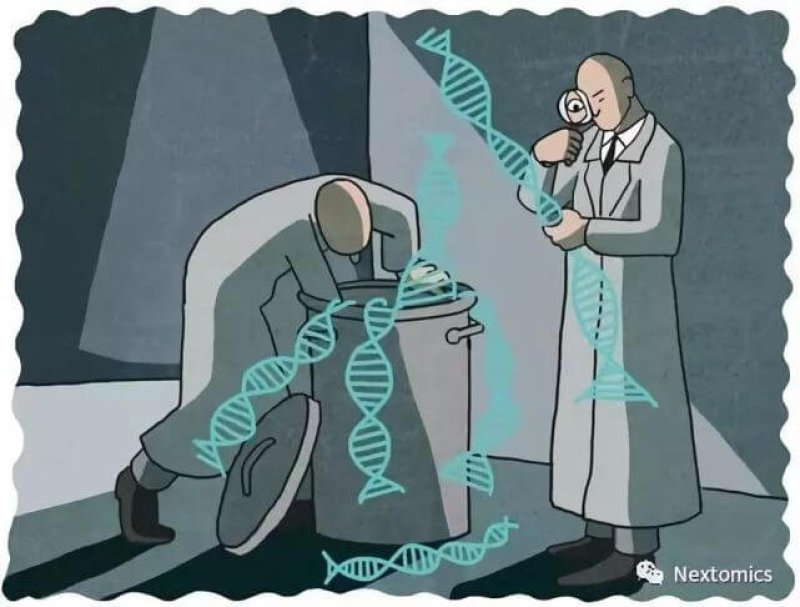Would you purchase a book with over 98 percent of the text written in gibberish? Biology has no business in the book industry, yet it still writes a pretty fascinating guidebook: DNA. Our genetic manual holds the instructions for the proteins that make up and power our bodies. But less than 2 percent of our DNA actually codes for them.
The rest — 98.5 percent of DNA sequences — is so-called “junk DNA” that scientists long thought useless.
…
But new research is revealing that the “junky” parts of our genome might play important roles nonetheless.
…
Scientists have now linked various non-coding sequences to various biological processes and even human diseases. For instance, researchers believe these sequences are behind the development of the uterus and also of our opposable thumbs. A study published in Annals of Oncology last year showed that a non-coding DNA segment acts like a volume knob for gene expression, ultimately influencing the development of breast and prostate cancer. And a study in Nature Genetics this year found mutations outside of gene-coding regions can cause autism.
Exploring the role of non-coding sequences is now an area of intense research.
Read full, original post: Our Cells Are Filled With ‘Junk DNA’ — Here’s Why We Need It































